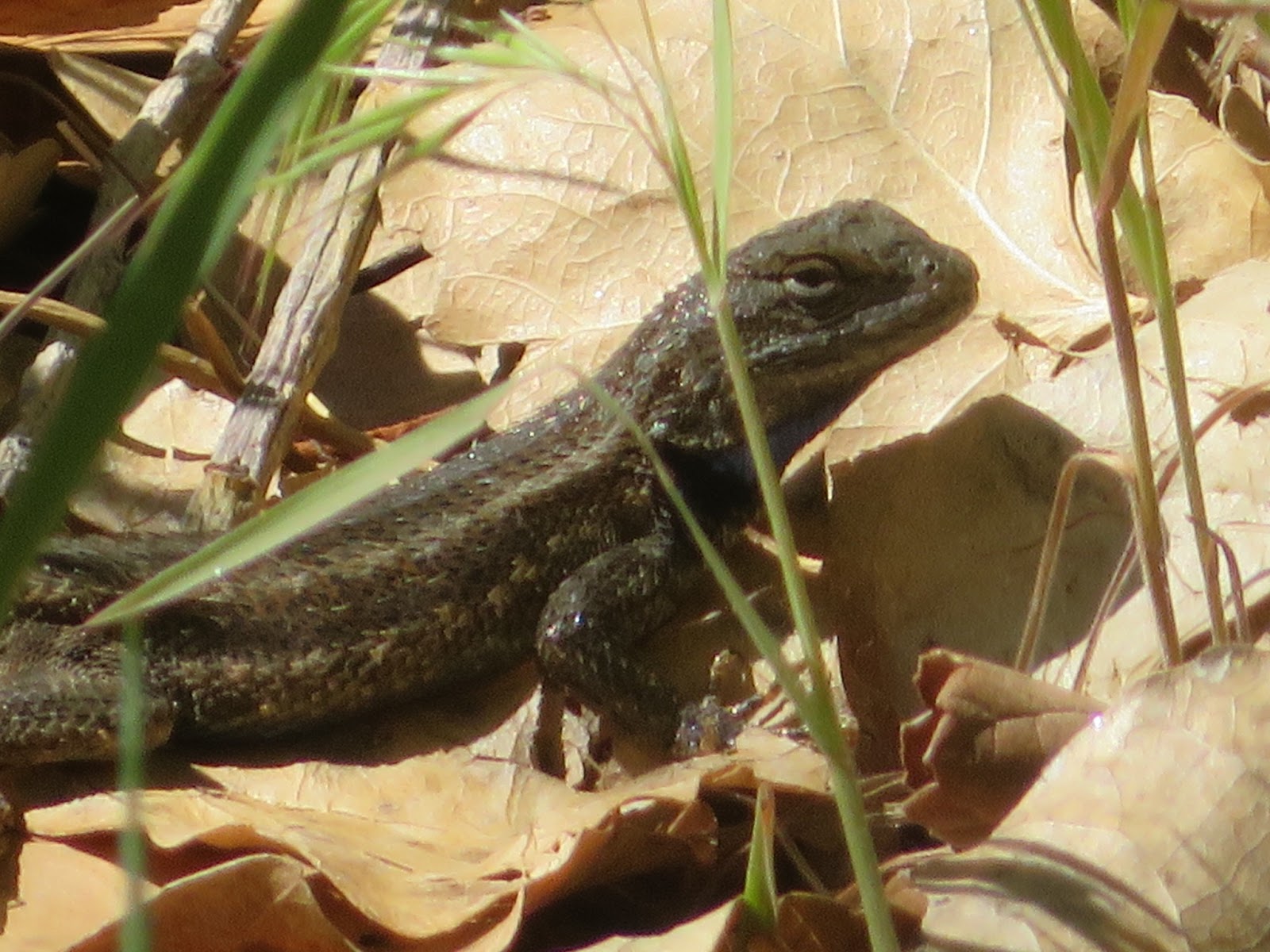The thing about nature that I hope I can bring to this audience is how nature is cycles inside of cycles inside of cycles. There are seasonal cycles sure, but also cycles of animal lives; living (and dying). There are so many other types of cycles that we barely can see, let alone understand.
This heart shaped leaf is a typical redbud species. How did it get here, who's garden did it escape from? The cells in this small plant have been reproducing and evolving continuously since the first recognisably vascular plants formed 420 million years ago.
This tree is sending offshoots to grow up from the roots. This is fast, and efficient, but does not allow adapation by completive evolution (it is a direct clone of the parent plant)
The annual snow of cottonwood seeds has begun in earnest. The waste is horrendous, and almost none of these seeds will survive, but the chances are of those that do, they will be those best adapted.
Those cottony fluffs are intricately packaged and grown in these specially "designed" packages on the tree branches. And the release has to be timed just right for heat and moisture. Just the probabilities involved in plant growth are so humbling to our grossly overheated mammalian brains (just ask any theoretical biophysist.)
Dandelions use a superficially similar seed dispersal system, but is very different ways. It just looks similar; uses wind, white colored, fluffy. But the goals and intricacies involved are simply beyond human's general understanding.
This tree of paradise grove uses suckering to grow from the damaged stumps. They are very fast growing and insanely resistant to being removed. These shrub trees in the foreground were cut down a month ago.
The toad eggs in the pond are also growing fast, they now look recognisably like tadpoles, with a head and a tail.those toad eggs have to grow fast, the invasive red crayfish ar pretty intense predators of most things. It's likely they are why I have not yet found any salamanders in this area.
The acequias are still flowing after this land began being irrigated 1,300 years ago. This stretch shows that the upper part has been buried in a pipe, but here it still is allowed to be shared with the community of animals that live here. The area between Wagner and Dixon roads, on the middle ditch, has many awesome acequia systems that date to the 18 century.
The muskrats continue to thrive and spread in the Scuzzy ditch wetlands and are getting bolder. Hopefully they cope with the new perils they will be facing, or we will have to begin removing the catails ourselves.
This cottontail is doing a great job of showing how the ears are efficient at being heat radiators (those blood vessels in the ear membranes), as well as being great hearing radars. Those ears also communicate silently, and break up the outline of the head for great camoflage.
The leaves are alive with rustlings as the fence lizards pursue various insects through the undergrowth.
This large, long lizard is an unusually active skink. The baby skinks won't be around for a while.
These tiny ants are formed in a long, familiar ant marching columns. They are almost blind and rely on the smell of scout pheromones to guide their travels.These phoebe are adjusting to the new landscape where they are facing increased population pressure from the arriving hummingbirds.
These swallows are also snacking on the abundant insects. Mostly they feed on the hatching mayflies that have just begun to emerge.

I finally got a picture of the redwing blackbirds. They have a wonderful trilling song, and are easy to spot. There are many other weird bird songs in the trees that are more elusive.
Unfortunately, there are predators of birds about. People's pet cats are actually classified as "hypercarnivores" and the hidden damage they do to nesting bird populations is mind boggling. Corrales is also well known for the number of predators that hunt cats, including coyotes, great horned owls, and bobcats. Domestic cats also face the same dangers from cars, loose dogs, getting lost, other cats, and accidents as their city brethren. A safe cat is an indoor cat.

















No comments:
Post a Comment